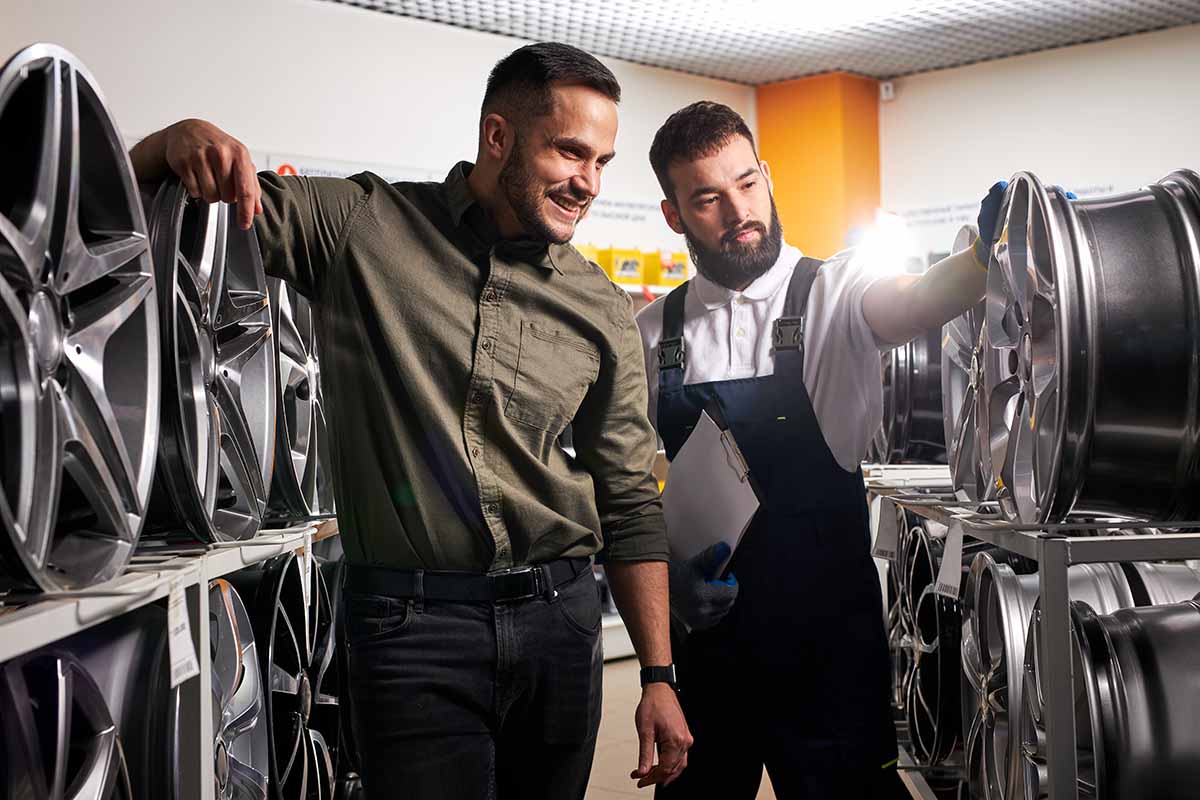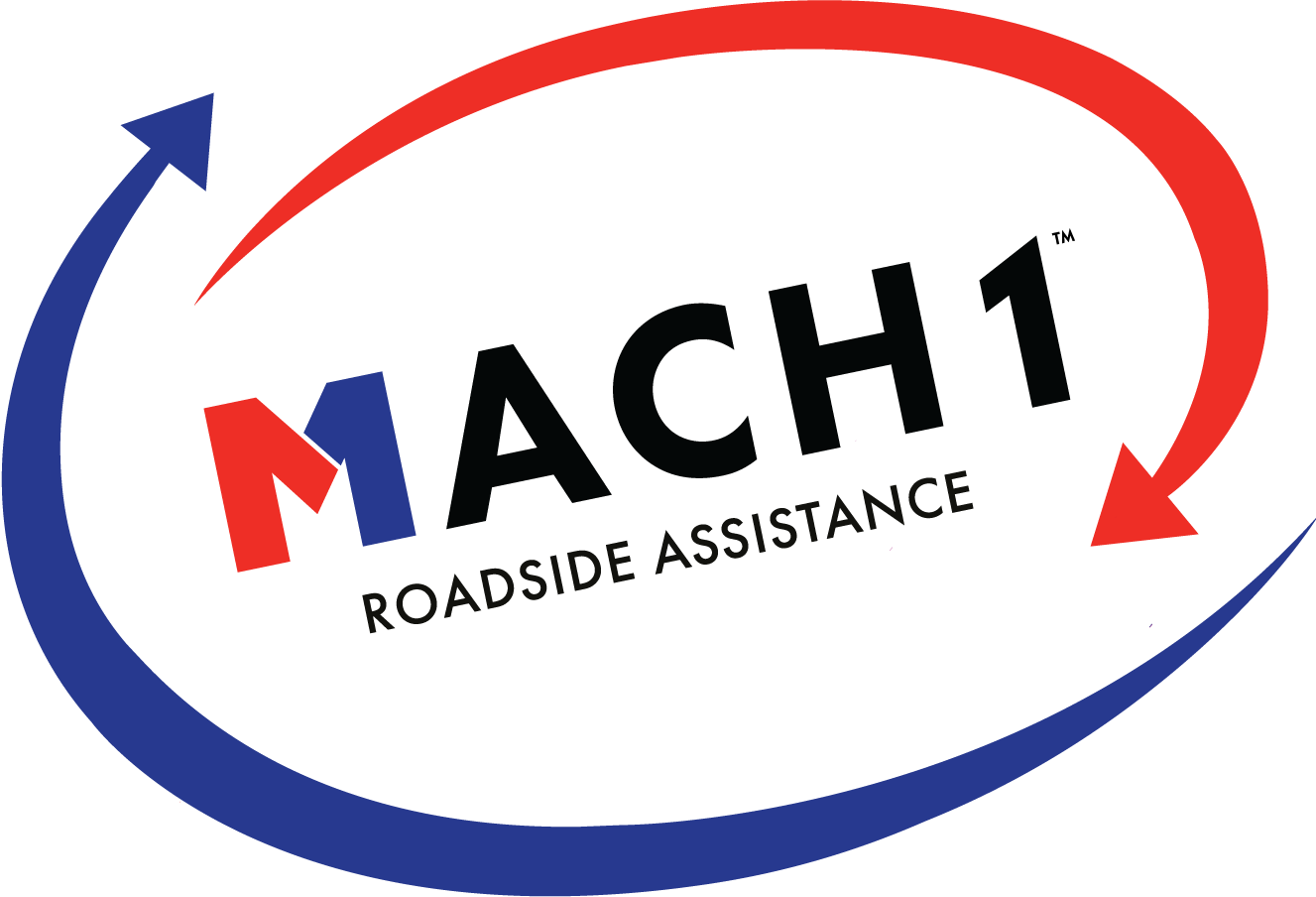
06 Dec Buying Auto Parts from the OEM vs a Distributor
When it comes to maintaining or repairing your vehicle, one critical decision is where to source auto parts. The choice between Original Equipment Manufacturer (OEM) parts and those provided by distributors can significantly impact your vehicle’s performance, safety, and cost-efficiency. Understanding the differences and implications of each option is key to making an informed decision.
Considerations when Buying Auto parts from the OEM vs Distributor
1. Understanding OEM Auto Parts
Original Equipment Manufacturer (OEM) parts are those made directly by the vehicle’s manufacturer. They are exactly the same parts that are used in the assembly of new vehicles. Their production follows the exact specifications and designs set by the vehicle manufacturer, ensuring a level of quality and performance that is consistent with the brand’s standards.
Advantages of OEM Parts
- Guaranteed Compatibility and Fit: Since these parts are identical to those your vehicle was originally built with, they guarantee a perfect fit and function. This is particularly important for complex components where precision is crucial, like engine parts or body panels.
- Assurance of Quality and Reliability: OEM parts are subject to rigorous testing and quality control processes set by the vehicle manufacturer. This means they are generally of higher quality and more reliable than aftermarket parts, which can vary widely in quality.
- Maintains Vehicle Warranty Compliance: Using OEM parts ensures compliance with vehicle warranties. Many manufacturers require the use of OEM parts in repairs to keep the warranty valid, especially for newer vehicles.
Disadvantages of OEM Parts
- Higher Cost: One of the main drawbacks of OEM parts is their cost. They are typically more expensive than aftermarket parts, sometimes significantly so, which can be a barrier for some vehicle owners.
- Limited Variety and Sources of Purchase: OEM parts are usually available exclusively through authorized dealerships, limiting the buying options for consumers. This can also mean less price competition, contributing to their higher cost.
2. The Role of Auto Part Distributors
Auto part distributors play a crucial role in the automotive supply chain by providing a broad range of parts, including OEM and aftermarket options. They source parts from various manufacturers, offering vehicle owners more choices in terms of price and brand.
Advantages of Buying from Distributors
- More Competitive Pricing: Distributors often offer parts at lower prices than dealership parts departments. The competitive nature of the aftermarket parts market means consumers can shop around for the best deal.
- Wider Selection: Distributors provide access to a diverse range of brands and parts. This includes aftermarket options that might offer additional features or performance improvements over OEM parts.
- Greater Availability and Convenience: With a wide network, distributors generally have parts more readily available than dealerships, which might need to order specific OEM parts. This can be particularly beneficial for older models or less common vehicles.
Disadvantages of Buying from Distributors
- Potential Quality and Compatibility Issues: Aftermarket parts can vary in quality and may not always offer the same fit and reliability as OEM parts. This variability can lead to compatibility issues and potentially affect the performance of the vehicle.
- Warranty Concerns: Using non-OEM parts can sometimes void a vehicle’s warranty, particularly if the part fails and causes damage to the vehicle. It’s important for vehicle owners to understand the implications of using aftermarket parts on their vehicle’s warranty.
3. Factors to Consider When Choosing Between OEM and Distributors
- Compatibility and Fit: Ensure the parts are compatible with your vehicle’s make and model.
- Cost Considerations: Consider your budget and how the part’s price affects long-term vehicle costs.
- Quality and Longevity: High-quality parts may offer better performance and longevity.
4. Warranty and Compliance Considerations
Using non-OEM parts can sometimes void warranties. Additionally, legal compliance, especially in emissions and safety standards, is crucial.
5. The Case for OEM in Critical Components
For critical components like brakes, transmission, and engine parts, OEM parts are often recommended due to safety and performance concerns.
6. When to Prefer Distributors
Distributors can be a preferable choice for less critical components or for older vehicles where OEM parts are scarce or prohibitively expensive.
7. Tips for Buying from Distributors
To ensure quality, research the distributor’s reputation, ask about warranties, and check for certifications or quality assurance.
8. Online Purchasing: Navigating the Digital Marketplace
The rise of online purchasing for auto parts offers convenience but requires vigilance to ensure authenticity. Look for reputable online platforms and verify part specifications.
9. Personal Experiences and Case Studies
Share anecdotes or case studies to illustrate the advantages and disadvantages of each option in real-world scenarios.
Final Thoughts
Choosing between OEM and distributor auto parts depends on various factors, including your vehicle’s needs, budget, and the importance of warranty and compliance. Weigh these considerations carefully to make an informed decision that ensures the longevity and performance of your vehicle.
